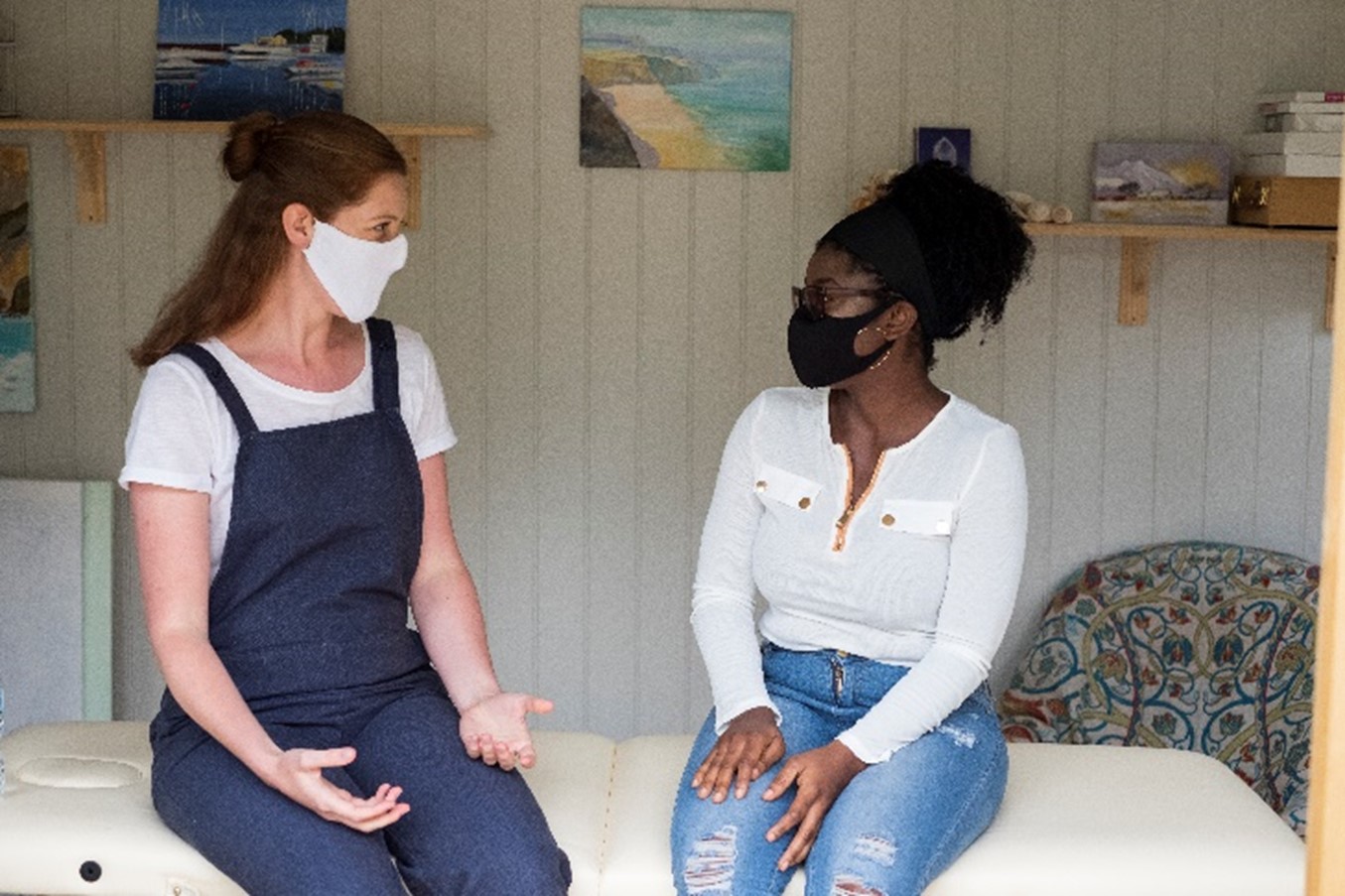Biological incidents can leave a unique psychological footprint on affected populations because they often occur without warning, may turn their friends and family into sources of a hazard if the agent is transmissible, may produce unfamiliar or unknown short- and long-term health effects, and can result in long-term threats and long-duration recovery for the community at large. Questions about related health effects such as delayed onset of symptoms or long-term health impacts, including effects on immunocompromised persons, pregnant women, older adults, and children, will be at the forefront of community concerns. Unlike natural disasters, when neighboring jurisdictions and affected communities often come together to respond and recover, outsiders may be less willing to provide response assistance after a biological incident due to fear of infection. This could potentially increase the mental health burden on an affected community following a biological incident compared to other, non-biological incidents. Psychological health impacts due to biological agent exposure can also extend far beyond the geographical area in which the actual physical exposure occurs.
“Amerithrax,” as the 2001 anthrax attacks came to be known, elicited widespread fear and panic as multiple anthrax-laced letters arrived at congressional offices and media outlets, killing five and sickening seventeen.80

Feelings of anxiety following a biological outbreak or attack may be directly related to a lack of familiarity with the pathogen and confusion regarding information provided by officials and media outlets. News stories and images of worst-case scenarios may increase the public’s perceived risk compared to actual risk and may give the impression that everyone requires medical attention. Intentional attacks may cause heightened fear and anxiety due to feelings of vulnerability and the possibility of a secondary attack. Whether an attack is announced or unannounced (e.g., time passes before it is known that an attack has occurred), mass hysteria may ensue due to fear of exposure and the unknown. Promptly addressing these fears by communicating timely and accurate information in coordination with local public health authorities is a high-priority action that requires planning. Individuals will feel more empowered to make decisions that protect themselves, their loved ones, and their communities when they are given clear, factual, and frequently updated information about the incident. (Refer to KPF 2: Communicate with External Partners and the Public for information about effective communication during a biological incident.)
Services such as debriefing, counseling, or support groups facilitated by behavioral health professionals―particularly for those who have lost loved ones or find themselves in financial distress due to the incident―may lessen the negative toll taken on impacted individuals. SLTT officials should plan to support accessible services for all vulnerable populations (including those facing financial hardship). These services can be facilitated by establishing partnerships with community organizations. Local NGOs and VOADs may be willing to offer services such as counseling to those impacted by the disaster for free or at discounted rates, offer programs which assist in transporting homebound individuals to appointments, or offer virtual support programs to those who are unable to or do not wish to attend appointments in person.
Behavioral health issues may be significant and could overwhelm existing counseling professionals and facilities, especially since biological incidents will call for less traditional methods of delivering psychological support such as virtual visits.
What Will You Need to Know?
- What mental health services and substance use disorder services are available in your jurisdiction for those impacted?

